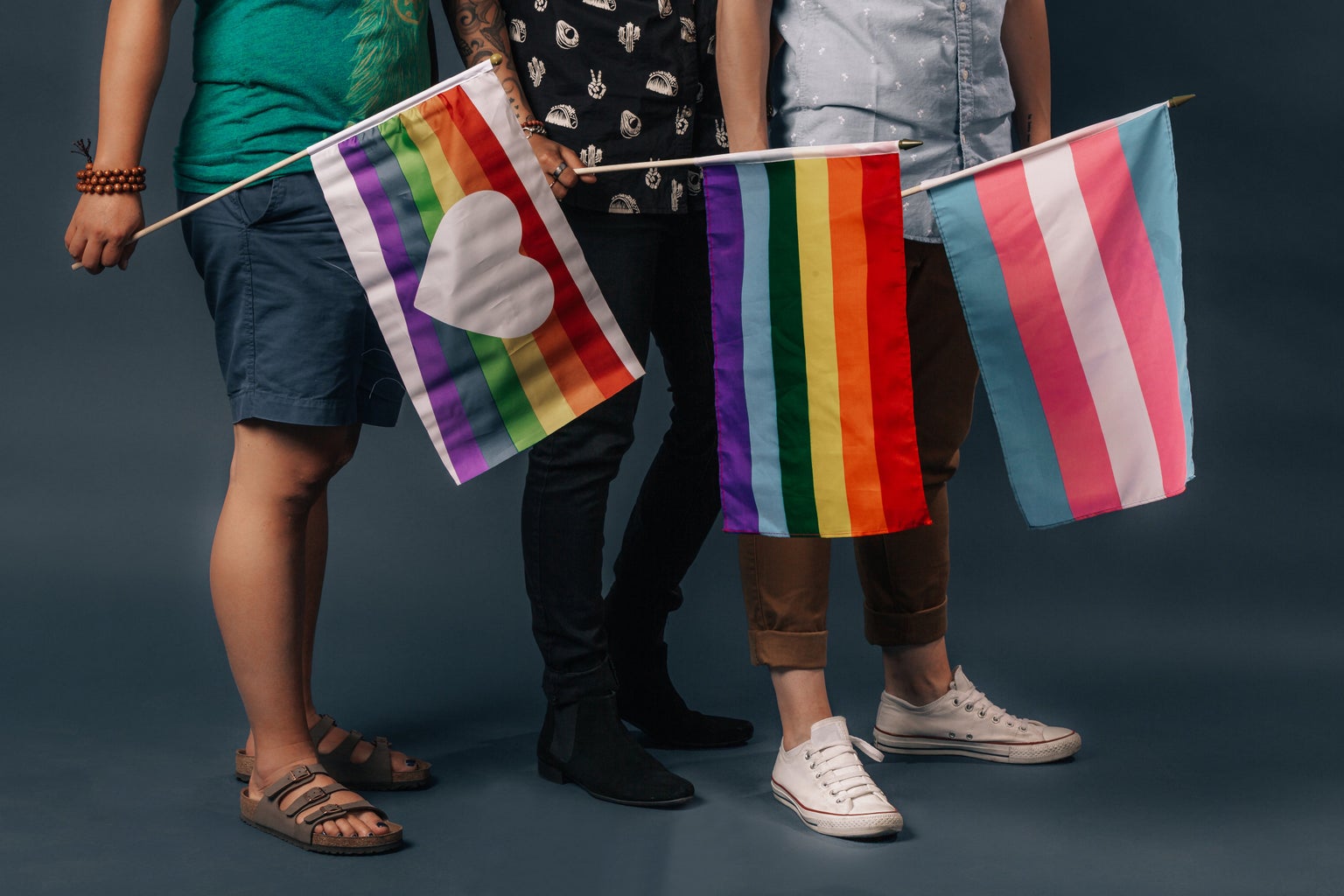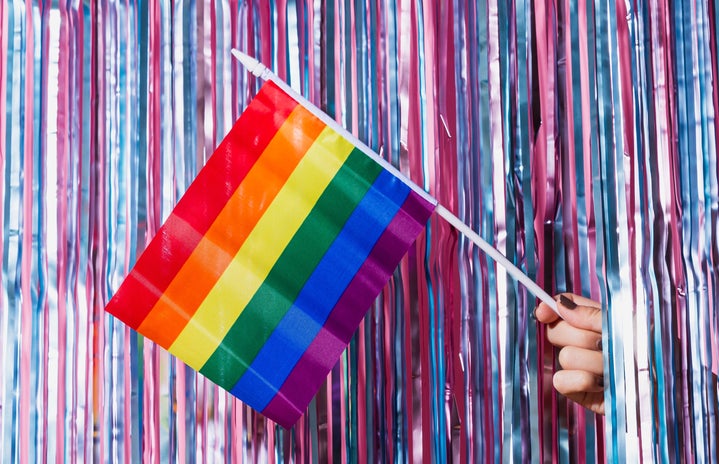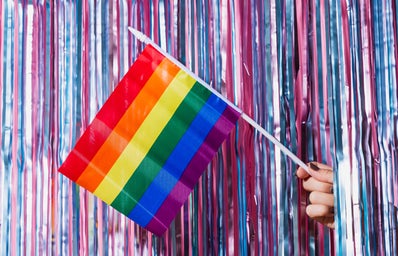“DJ Mike Q, pump the beat!” shouts host Dashaun Wesley from the side of the stage.
Colorful strobe lights flash, and dancers burst in front of the camera. Dressed in glittering custom costumes, they vogue across the stage with the joy and pure passion one rarely finds on TV.
This type of exciting performance is what initially drew me to watching Legendary on HBO Max. I’ve always been in love with the drama of the competitors death-dropping and executing flawless backflips in six-inch heels. Recently, however, I’ve noticed myself not only enjoying the jaw-dropping dancing but also learning how to be a better ally thanks to the show’s complex LGBTQ+ representation.
Legendary is a series in which showcases the LGBTQ+ community’s ballroom culture, which was developed by black and Latine trailblazers as part of New York City’s underground nightlife. Each group competing on Legendary is a ballroom house, a dance group and chosen family, and they perform for a star-studded judging panel, including the likes of Megan Thee Stallion. Ballroom isn’t often highlighted in mainstream media, so this show’s window into what the culture is like has been helpful on my journey to become a better LGBTQ+ ally.
Learning about ballroom has clarified for me just how many pop culture trends actually find their roots in this subculture. For example, huge portions of the slang Gen Z uses on social media (such as “spilling tea” and “clocked”) are originally ballroom terms. When I hear Legendary judge and ballroom icon, Leiomy Maldonado, say phrases like “throwing shade” I better understand the context in which those sayings are actually supposed to be used. As someone who tries to be a strong LGBTQ+ ally, recognizing the history behind the community’s contributions to larger culture and giving them proper credit for their creativity is important to me. So, I appreciate how Legendary shows LGBTQ+ people of color proudly owning their culture and forces viewers to think critically about how we engage with slang, fashion, dance moves and music derived from ballroom.
The representation on Legendary additionally stands out because the cast members’ identities are never tokenized. In so many other supposedly LGBTQ+ inclusive shows, there remains the underlying idea that being white, cisgender, and heterosexual is the norm. LGBTQ+ people on TV are often treated as one-dimensional stereotypes or written into tragic plotlines. Legendary totally rejects these typical tropes. On this show, being black or brown and LGBTQ+ is the norm, not the exception. No one’s sexuality or gender identity is used for shock value or to prop up anyone else’s story. Instead, LGBTQ+ performers are just allowed to exist as they are and joyously perform however they wish. Seeing this community represented as dominant and thriving is so refreshing and has highlighted for me how important it is to hold attempts at LGBTQ+ inclusivity to higher standards.

Legendary also raises the bar for LGBTQ+ representation by making space to celebrate ballroom community members of all ages, races, and body shapes. This theme was highlighted in one of the most memorable moments from Season 1 when contestants were tasked with displaying their bodies on the runway for a score. The winner of the category emotionally spoke to the judges about how, as a queer woman of color who struggled with her weight when she was young, this challenge was the first time she felt considered beautiful. Through challenges like this, Legendary reminds viewers how important it is for allies to take an intersectional approach to supporting the LGBTQ+ community. We can’t just advocate for LGBTQ+ representation; we need to combine the conversation with other movements like body positivity and anti-racism.

I’m excited to watch the rest of Legendary’s second season as it airs over the next few weeks, and I can’t wait to discover more about the LGBTQ+ community through this show. If you have HBO Max, I highly recommend catching up on this amazing program. From the dazzling death drops to the touching family bonds between house members to the lessons on the impacts of ballroom culture, you’re sure to find something to love.


